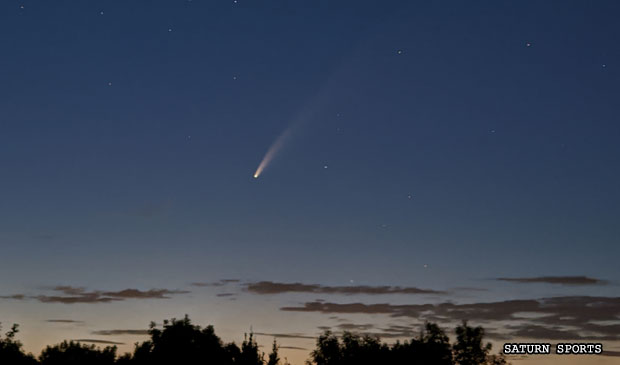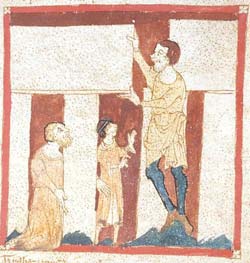
On the 27th March 2020 (whilst the world was distracted with other things), a new comet was quietly discovered by the California Institute of Technology.
The comet, with a catchy name of “C/2020 F3 NEOWISE” was spotted using NASA’s Near-Earth Object Wide Infrared Survey Explorer space telescope (NEOWISE), which has been scouring the depths of space in search of asteroids and comets that are potentially dangerously close to Earth…
The NEOWISE telescope was able to pick out a previously undiscovered three mile wide, 4.6 billion year old comet, despite it being more than 64 million miles away. Fortunately, it’s not a threat to Earth, but it is something you can find in the night sky too.
You don’t need a fancy infrared telescope to see Comet Neowise, as it’s currently visible to the naked eye from the UK in the northern night sky for the rest of July 2020. On a clear night, you can spot it by looking in a north-westerly direction. As the month progresses, the comet will appear to move to the west and underneath ‘The Plough’ (or the ‘Big Dipper’/’Saucepan’ if you prefer). It’ll be closest to Earth on the 23rd July 2020.

Comet Neowise last made a similar fly-by of Earth around 4,500 years ago, approximately the time that Stonehenge was in the early stages of obtaining planning permission and whilst the paint was still drying at the newly constructed Pyramids of Giza.
If you miss your chance to see Comet Neowise this time around though, you’ll need to wait a while… its lengthy orbit time means that it won’t be visible from Earth again until the year 8786, so it really is a unique, once in a lifetime opportunity.
Whilst you’re out comet spotting… don’t forget to look in a southerly direction too, as Saturn and Jupiter are also both visible at the moment. Although you’ll probably need a telescope to get a REALLY good view of those.
